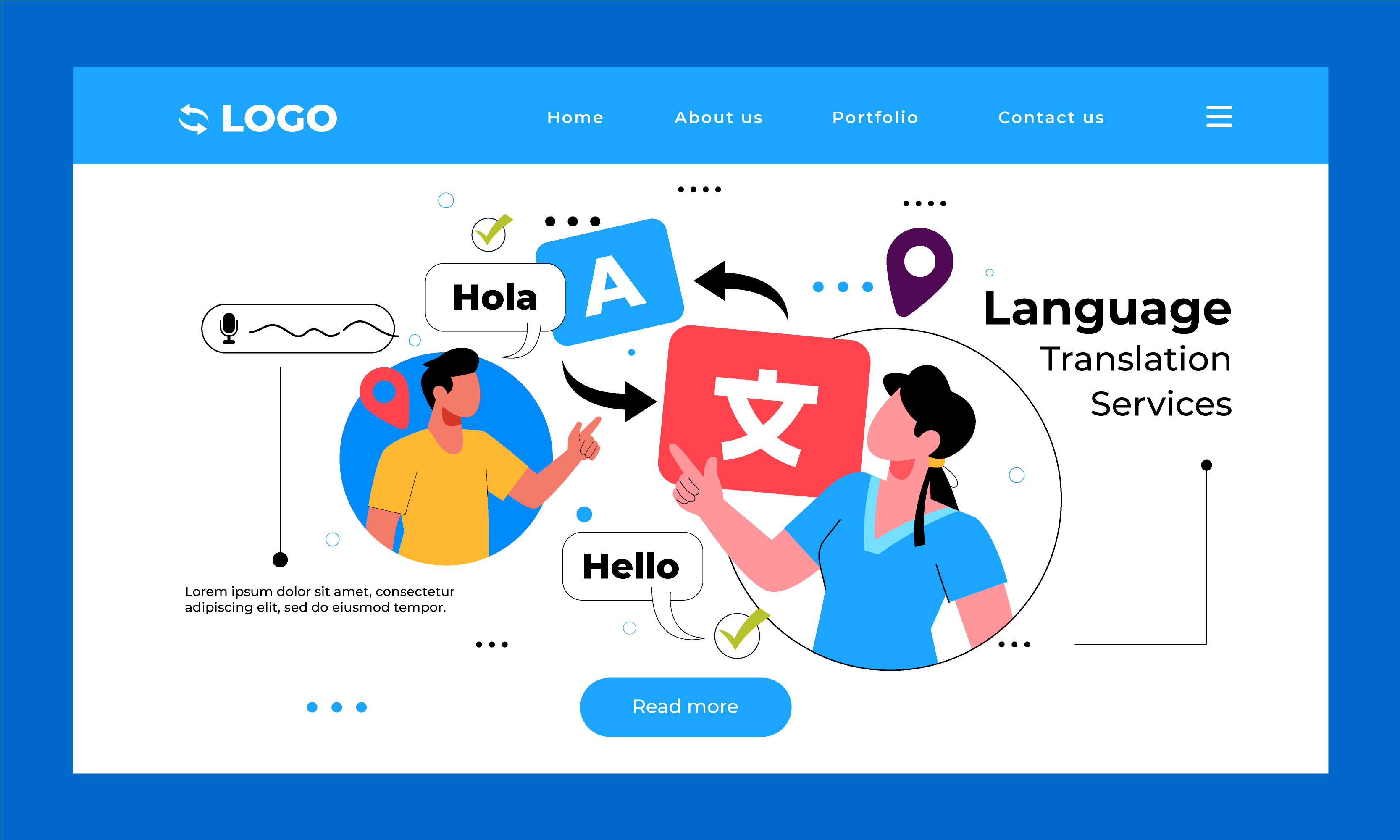Which Languages Should You Support? Let User Behavior Guide You

Going multilingual is one of the most effective ways to scale your website and grow internationally. But the decision to add new languages should not be based on assumptions, trend-following, or good intentions alone. It should be based on user data.
A common mistake companies make is choosing languages based on what their competitors are doing or where they want to expand—without first understanding who’s actually visiting their website, what language they use, and how that affects their behavior.
In this article, we’ll explore how to use tools like Google Analytics, heatmaps, and user surveys to make smart decisions about which languages your website should support. We’ll also look at a real-world example of how a food delivery app in Thailand leveraged this data-driven approach to successfully support the Burmese language—and gained more than 20,000 new users as a result.

Why Language Choice Matters
Adding a language isn’t just about translation—it’s an investment. Each new language you support means:
-
Additional development work (URL structures, localization logic)
-
More content management (ongoing translations, updates)
-
Potential SEO configuration
-
Design considerations (e.g., text expansion, RTL layout)
Choosing the wrong languages could lead to unnecessary work with little to no return. But choosing the right ones—based on actual user behavior—can increase engagement, retention, and even revenue.
Start with Google Analytics
The most accessible and powerful place to begin is Google Analytics (GA). It gives you a wealth of information about who’s visiting your website and how they’re behaving. Here’s how to use GA to guide language decisions:
1. Check Browser Language Settings
In GA, go to:
Audience → Geo → Language
This report shows which language users have set in their browsers. For example, if you see high traffic in my, vi, or zh-CN, that could suggest a sizable Burmese, Vietnamese, or Chinese-speaking audience.
This tells you:
-
What languages your current audience prefers
-
Which languages might reduce bounce rates or improve comprehension
-
Whether your current language coverage is sufficient
2. Look at Country and City Data
Go to:
Audience → Geo → Location
Cross-reference location with bounce rate, average session duration, and conversion data. If users from specific countries or regions have high exit rates or low engagement, language may be a factor.
For example:
-
Users in Myanmar visiting a Thai site may struggle with Thai or English content.
-
Workers in Thailand may set their phones to Burmese but abandon sessions due to language barriers.
Add Heatmaps and Session Recordings
Use tools like Hotjar, Microsoft Clarity, or Crazy Egg to analyze user behavior visually.
What to look for:
-
Are users hovering near language switchers?
-
Are they clicking elements that don’t work due to misunderstanding?
-
Do they drop off at form fields or checkout pages due to unclear instructions?
Heatmaps can reveal frustration points that stem from a language mismatch. Combined with language and location data from GA, they offer a fuller picture of whether your site is truly accessible to international or multilingual users.
Ask Your Users Directly
Surveys are still one of the most direct and effective methods for validating what analytics suggest.
Tips for language-related surveys:
-
Keep questions short and in simple language
-
Ask about their preferred language for browsing
-
Include surveys after high-intent actions like cart abandonment or page exits
-
Offer language options in the survey itself
Surveys can also reveal nuances such as:
-
Whether users prefer to read in their native language even if they understand English
-
Whether mistranslations or tone are affecting trust
Use Case: Supporting Burmese for Migrant Workers in Thailand
A leading food delivery app in Thailand noticed a recurring issue: some user segments had very short session times and high drop-off rates during the ordering process. Upon closer inspection, they discovered that many users were accessing the app from mobile devices set to the Burmese language.
What They Found:
-
A significant portion of users were Burmese-speaking migrant workers in urban areas
-
These users preferred reading in Burmese, even if they could speak Thai conversationally
-
Many struggled to complete orders or understand promotions in Thai or English
What They Did:
-
Implemented a Burmese version of the app and mobile website
-
Localized—not just translated—UI text, navigation, and support content
-
Adjusted customer support scripts and chatbot responses to support Burmese
-
Monitored post-launch performance and feedback for continuous improvement
Results:
-
Over 20,000 new Burmese-speaking users joined the platform within the first few months
-
App store reviews from Burmese users improved dramatically
-
Fewer support requests related to language confusion
-
A noticeable increase in completed orders from areas with high Burmese-speaking populations
This success wasn’t just about translating content—it was about recognizing an underserved user segment, validating the opportunity with data, and investing in the right solution.
Other Data Sources to Consider
In addition to GA and user feedback, you can gather insights from:
-
Customer support tickets – Common language-related issues
-
On-site chat transcripts – Frequently asked questions from foreign-language speakers
-
Market expansion reports – Which markets are competitors targeting?
-
App settings or language preferences – From mobile apps or web apps
Final Thoughts
Choosing the right languages to support on your website is a strategic decision that should be rooted in data, not assumptions. Tools like Google Analytics and heatmaps help you understand what your users need, while surveys and real-world testing validate that information.
In the case of the food delivery platform in Thailand, a simple observation—browser language and short session times—led to a high-impact solution: supporting Burmese speakers who had long been overlooked. The result was a boost in users, trust, and revenue.
By letting user behavior guide your decisions, you don’t just expand your website—you expand your reach in a meaningful, measurable way.


Subscribe to follow product news, latest in technology, solutions, and updates
Other articles for you



Let’s build digital products that are simply awesome !
We will get back to you within 24 hours!Go to contact us Please tell us your ideas.
Please tell us your ideas.







